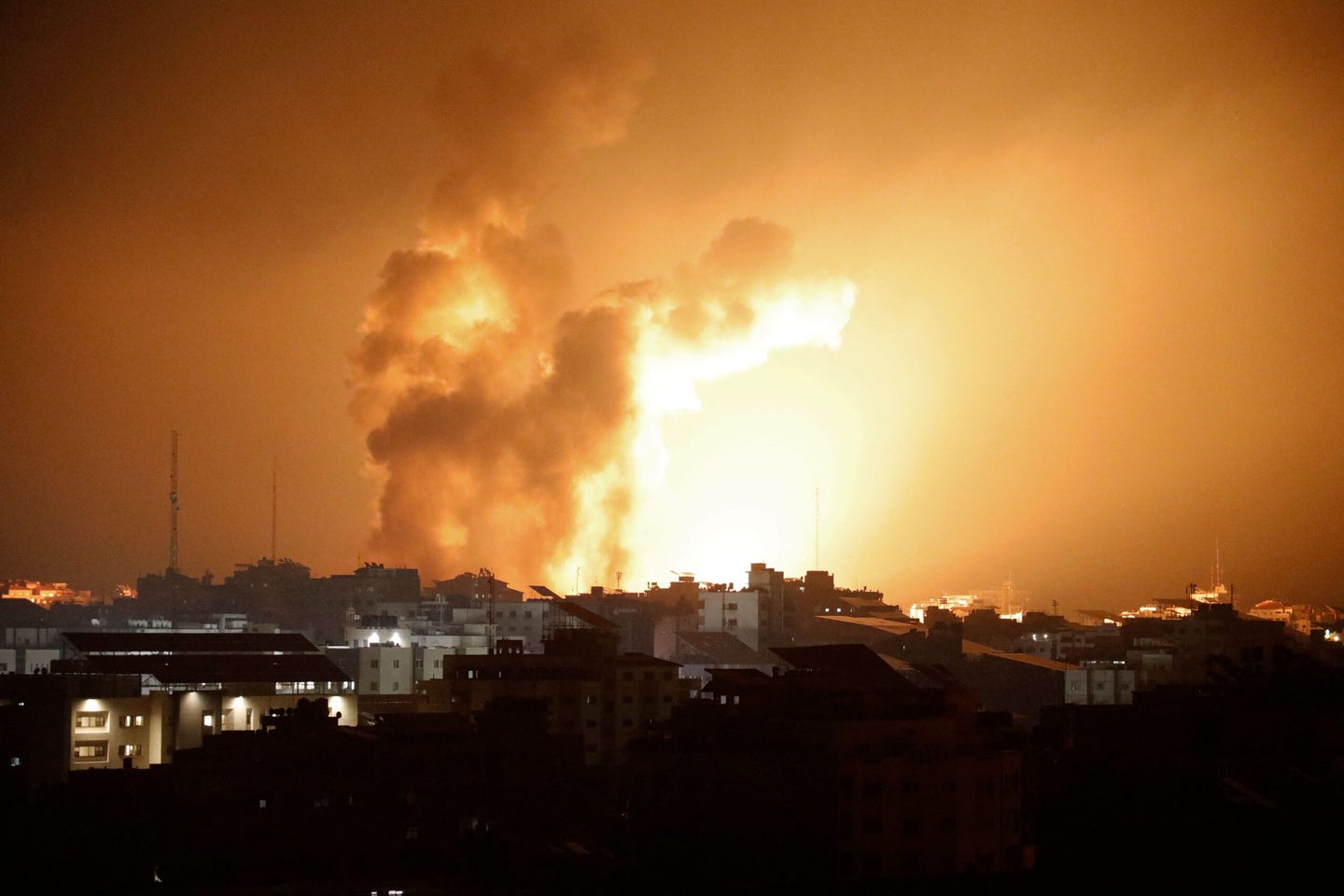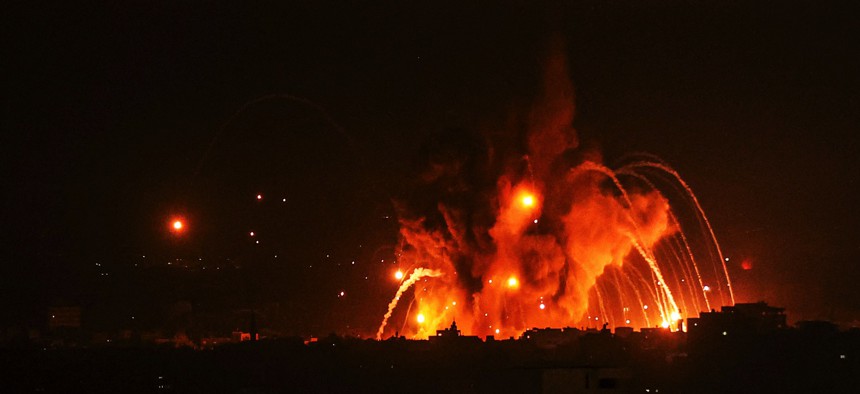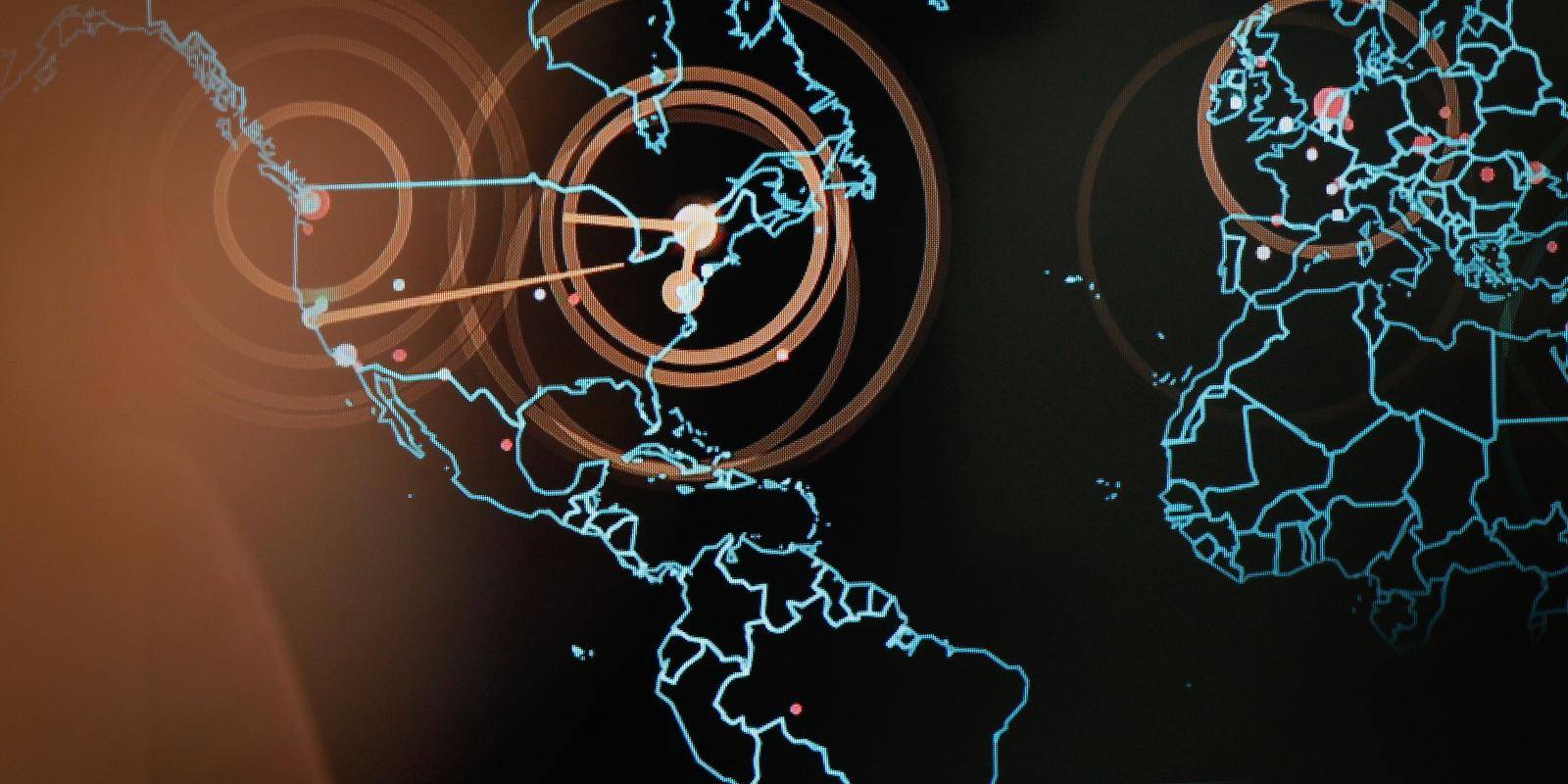Faisal J. Abbas

The massive escalation in the Israeli-Palestinian conflict sends so many messages at the same time. The first thing one has to note is that a Hamas attack on this scale could only have been possible after months of planning. In fact, this is exactly the kind of “explosion” warned of as a consequence of continued occupation and deprivation of Palestinian rights. Those claiming that the attack was unprovoked are wrong — this is precisely the reaction that deliberate and systematic intimidation by the current Israeli government garners when insult is added to injury.
Does this justify the killing and kidnapping of civilians? Absolutely not, and this is true regardless of who the villains or victims are.
So, what happens now?
Well, given recent history, the outcome is pretty predictable: Israel will say it has the right to defend itself, declare a full-scale war and inflict the maximum pain possible in retaliation. Hamas will declare the outcome — no matter what it is — a victory. Many Palestinians will celebrate the unprecedented early success portrayed in images of Israelis fleeing and soldiers being detained. Shortly after, the same Palestinians will suffer the devastating consequences at the hands, tanks and aircraft of the Israeli army. After that, Arab countries — namely the GCC — will come to the rescue and help rebuild Gaza.












